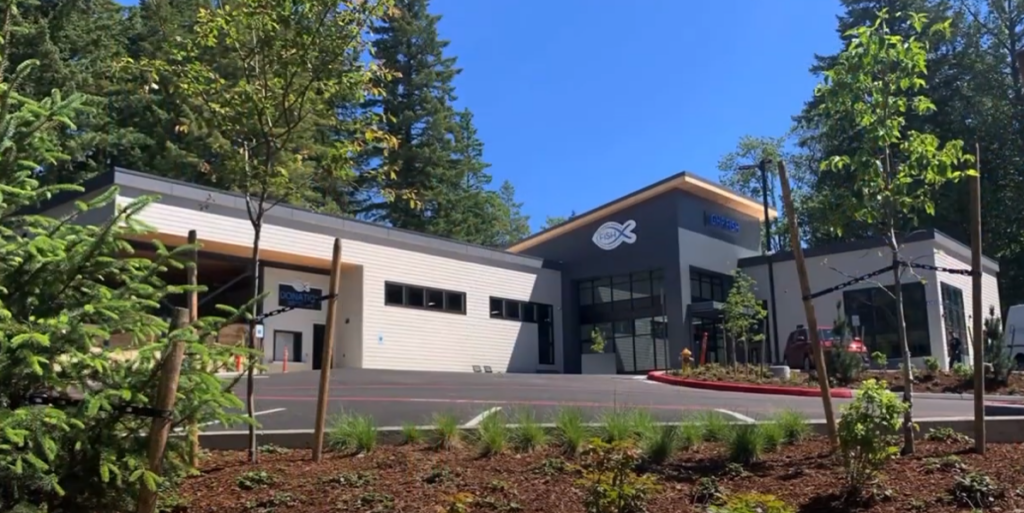
The Leadership in Energy and Environmental Design (LEED) certification, is a globally recognized sustainable building practice standard, developed by the U.S. Green Building Council (USGBC). It is essential in new building construction for promoting environmental responsibility, enhancing energy efficiency, and improving overall building performance. A significant component of LEED certification is building commissioning, which ensures that all building systems are designed, installed, and operating as intended by the design and building owner. This blog post will explore why LEED is crucial in new building construction and the specific commissioning requirements that support certification obtainment.
Promoting Environmental Responsibility
LEED certification promotes the adoption of green building practices that minimize the environmental impact of new construction. By adhering to LEED standards, new buildings are designed to utilize resources more efficiently, drive waste reduction, and lower greenhouse gas emissions. This commitment to environmental responsibility helps mitigate climate change and promotes sustainable building development. Commissioning plays a critical role within the process by verifying that all sustainable design intentions are fully realized in the operational systems of the building.
Enhancing Energy Efficiency
One of the primary goals of obtaining LEED certification is to optimize the energy use of the building. LEED-certified buildings incorporate energy-efficient systems, which can include high-performance HVAC systems, efficient lighting, and renewable energy sources. Commissioning ensures these systems are correctly installed and operate as intended per design, maximizing energy efficiency while also reducing operational costs. By rigorously testing and verifying each system, commissioning supports to achieve the energy performance goals as defined in the LEED certification criteria.
Improving Indoor Environmental Quality
LEED certification emphasizes the importance of indoor environmental quality, which includes indoor air quality, thermal comfort, and lighting. Through building commissioning, building systems are adapted and adjusted to ensure proper ventilation, filtration, and control of indoor pollutants. Ultimately leading to healthier and more comfortable environment for building occupants.This process is critical in meeting the LEED specific standards for indoor environmental quality, enhancing occupant health, well-being, and overall productivity.
Boosting Marketability & Asset Value
LEED-certified buildings often have higher marketability and asset value. In an evolving sustainability-conscious market, LEED certification is a mark of quality and environmental stewardship. Buildings that are LEED certified draw tenants and buyers who value the benefits of green buildings, such as lower operating costs and enhanced occupant health. Building commissioning contributes to these benefits by enhancing the building systems to ensure optimal performance from day one, supporting the long-term value and desirability of the property.
Ensuring Regulatory Compliance & Incentives
Many jurisdictions offer incentives for LEED-certified buildings, including tax credits, grants, and expedited permitting processes, especially within green conscious states such as Washington. These incentives can help offset the costs associated with obtaining LEED certification and conducting building commissioning. Additionally, achieving LEED certification can support in ensuring compliance with evolving building codes and regulations that promote energy efficiency and sustainability. Commissioning provides the verification that is needed to demonstrate that the building meets these stringent requirements for compliance.
Commissioning is a critical component of obtaining LEED certification, specifically for new construction. It involves a stringent process to verify that all building systems are designed, installed, and operating in accordance with the owner’s project requirements and design specifications.
Fundamental Commissioning
Fundamental Commissioning is a prerequisite for obtaining LEED certification. It starts with the development of the Owner’s Project Requirements, a document that outlines the goals, performance criteria, and desired outcomes for the building systems. This is then translated into the Basis of Design, which details the design approach for each system. A comprehensive commissioning plan is then developed, including the full scope of work, schedule, and commissioning authorities’ roles and responsibilities.
Verification and testing of building systems, including the HVAC, lighting, and plumbing for example, are essential to ensure the design intent is met.Any deficiencies identified are documented and addressed, ensuring proper system functionality.Comprehensive training is provided to the building operators and maintenance staff to ensure effective operation and maintenance of the systems for years to follow occupancy. The process culminates in a detailed commissioning report, documenting the entire process, test results, and resolutions, serving as a critical resource for the building team to continue upholding the building systems.
Enhanced Commissioning
Enhanced Commissioning goes beyond the components Fundamental Commissioning and includes additional steps to further optimize building’s system performance. It involves an in-depth review of design documentation during the design phase to identify potential issues early on while also ensuring alignment with the Owner’s Project Review and Basis of Design. An independent Commissioning Authority (CxA) oversees the entirety of the process, providing an unbiased perspective and thorough verification of all facility systems.
Enhanced commissioning begins in the preliminary stages of the project, with insights and reviews of systems being provided throughout the design and construction phases to prevent issues before they potentially arise. It also includes the scope for ongoing commissioning after project completion, including periodic reviews, testing, and adjustments to maintain system efficiency throughout the post-warranty period. Additional training and documentation for building operators and maintenance teams is provided to ensure they are well-equipped to manage and maintain the systems for years following facility completion.
LEED certification is crucial in new building construction, promoting environmental responsibility, enhancing energy efficiency, improving indoor environmental quality, boosting marketability, and ensuring regulatory compliance. The commissioning process, both Fundamental and Enhanced, is vital to achieving certification by ensuring that building systems are designed, installed, and operating as intended. By prioritizing LEED certification and commissioning, project stakeholders and teams can deliver high-performing buildings that provide long-term value to owners, occupants, and the environment.
